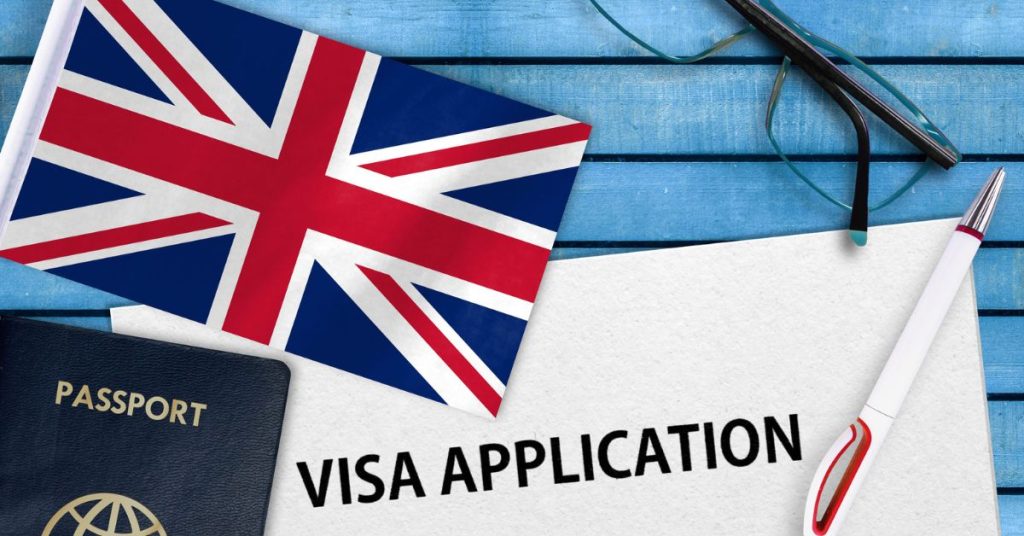
Temporary working visas play a pivotal role in the global workforce, facilitating the movement of skilled individuals across borders to meet the growing demands of different industries. These visas allow foreign nationals to work in a host country for a specified period, offering benefits to both the individual and the receiving nation. In this article, we will explore the concept of temporary working visas, their significance, key considerations, and the application process.
Temporary Working Visas: A Brief Overview
Temporary working visas, also known as work permits or employment visas, are legal documents that grant foreign nationals the right to work in a specific country for a limited duration. The regulations, requirements, and categories of these visas vary from country to country, making it essential for individuals to research and comply with the rules of the host nation.
The Significance of Temporary Working Visas
- Meeting Labor Shortages: Temporary working visas are a crucial tool for countries facing labor shortages in specific industries. They enable businesses to access skilled labor from around the world when local talent is insufficient.
- Cultural Exchange: These visas foster cultural exchange by bringing individuals from diverse backgrounds into the workforce, promoting diversity and global understanding.
- Economic Contribution: Temporary workers often contribute to the host country’s economy by paying taxes, spending on goods and services, and supporting local businesses.
Key Considerations for Temporary Working Visas
- Eligibility and Categories: Different countries offer various types of temporary working visas, such as skilled worker visas, seasonal worker visas, and intra-company transfer visas. Eligibility criteria vary, and it’s important to choose the right category based on your skills and intended job.
- Application Process: The application process for temporary working visas can be complex and time-consuming. It usually involves filling out forms, providing documentation, and, in some cases, attending interviews. Seek professional guidance if needed.
- Validity and Renewal: Temporary working visas have a finite duration, often ranging from a few months to several years, depending on the visa type. It’s crucial to understand the rules for visa renewal or extension if you plan to stay longer.
- Sponsorship: In many cases, you will need a job offer from an employer in the host country to obtain a temporary working visa. This employer often acts as your sponsor, so securing a job is a key part of the process.
- Visa Fees and Costs: Temporary working visas may involve application fees, as well as costs related to medical examinations, background checks, and other requirements. Be prepared for these expenses.
- Legal Requirements: Comply with all legal requirements and regulations in the host country, including tax obligations, insurance, and labor laws.
- Language and Cultural Adaptation: Learning the language and understanding the culture of the host country can significantly enhance your experience while working abroad.
The Application Process
- Research and Choose the Right Visa: Begin by researching the various types of temporary working visas available in your desired host country. Determine the one that best suits your qualifications and employment goals.
- Obtain a Job Offer: In most cases, you’ll need a job offer from an employer in the host country. This employer will often serve as your sponsor and support your visa application.
- Gather Required Documents: Collect the necessary documentation, which typically includes your passport, proof of job offer, educational qualifications, and any other documents specified by the host country’s immigration authorities.
- Complete Application Forms: Fill out the visa application forms accurately, following the instructions provided by the immigration authorities.
- Pay Fees: Pay the required visa application fees, and keep records of all financial transactions related to your visa application.
- Attend Interviews or Medical Examinations: Some countries may require applicants to attend interviews or undergo medical examinations to ensure they meet health and security standards.
- Await Processing: The processing time for temporary working visas varies depending on the host country and visa category. Be patient and prepared for delays.
- Visa Approval and Entry: Once your visa is approved, you can make plans to enter the host country and begin your employment. Ensure you understand the terms and conditions of your visa, including the duration of your stay and any restrictions.
Conclusion
Temporary working visas are invaluable tools for facilitating international labor mobility. They benefit both the individuals seeking job opportunities abroad and the host countries facing workforce needs. While the process of obtaining a temporary working visa can be challenging, with careful planning, adherence to regulations, and proper documentation, it is a manageable endeavor. Be sure to research and understand the specific requirements of the host country and seek professional guidance when necessary to ensure a smooth and successful application process. Temporary working visas continue to play a vital role in the ever-evolving global workforce, connecting talent with opportunities across borders.
